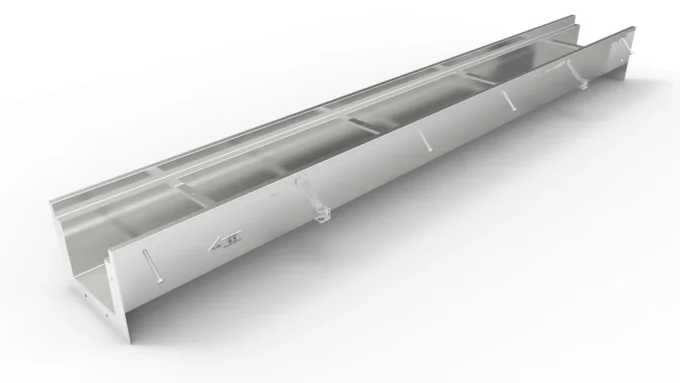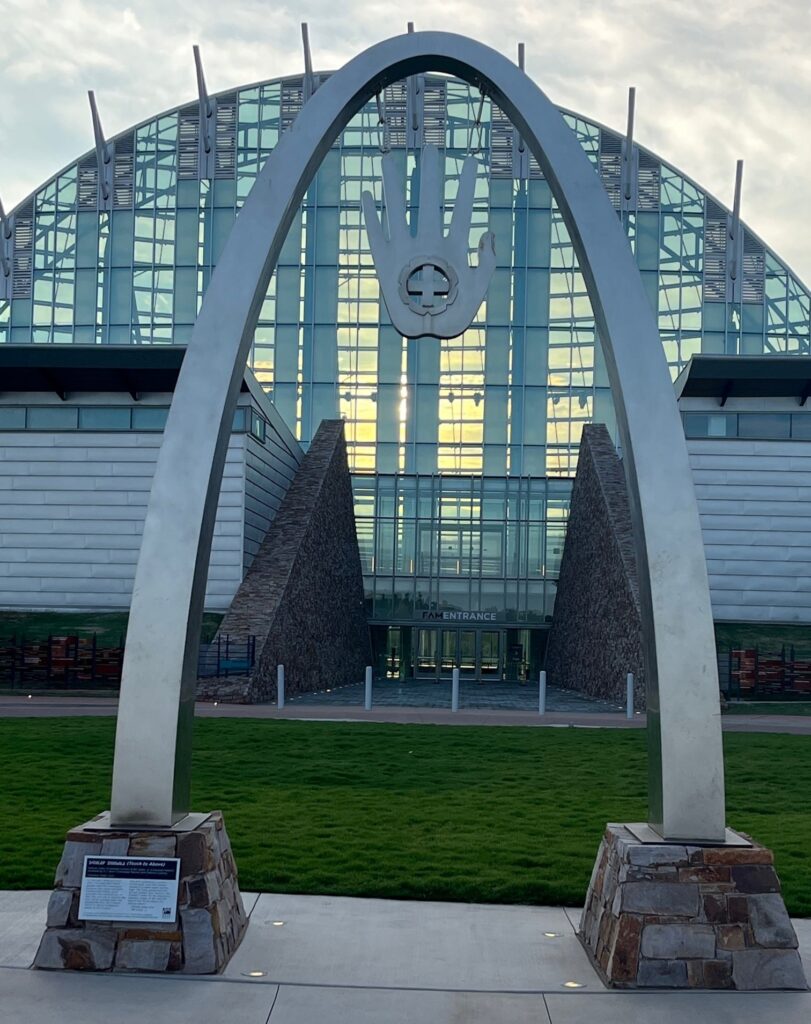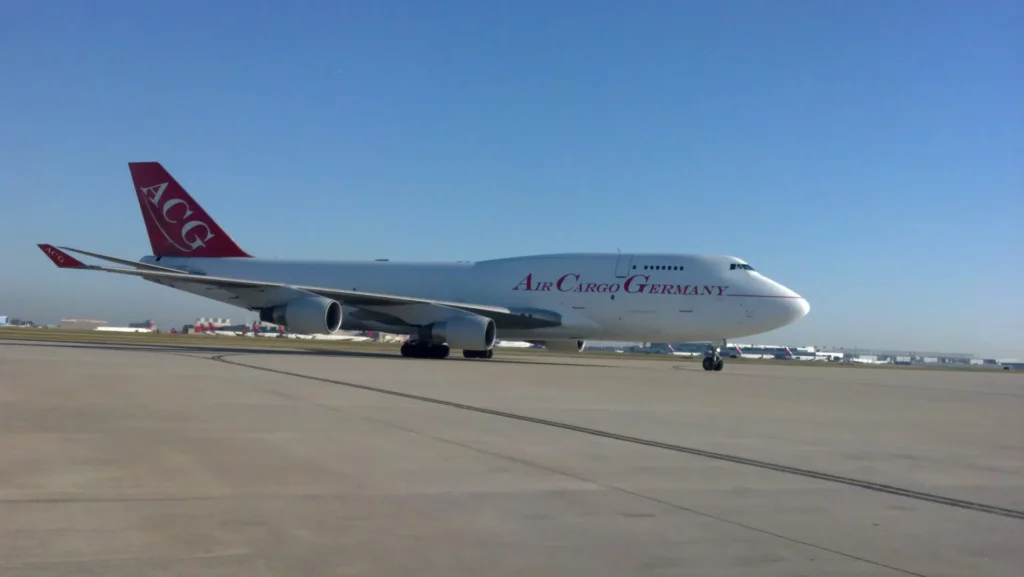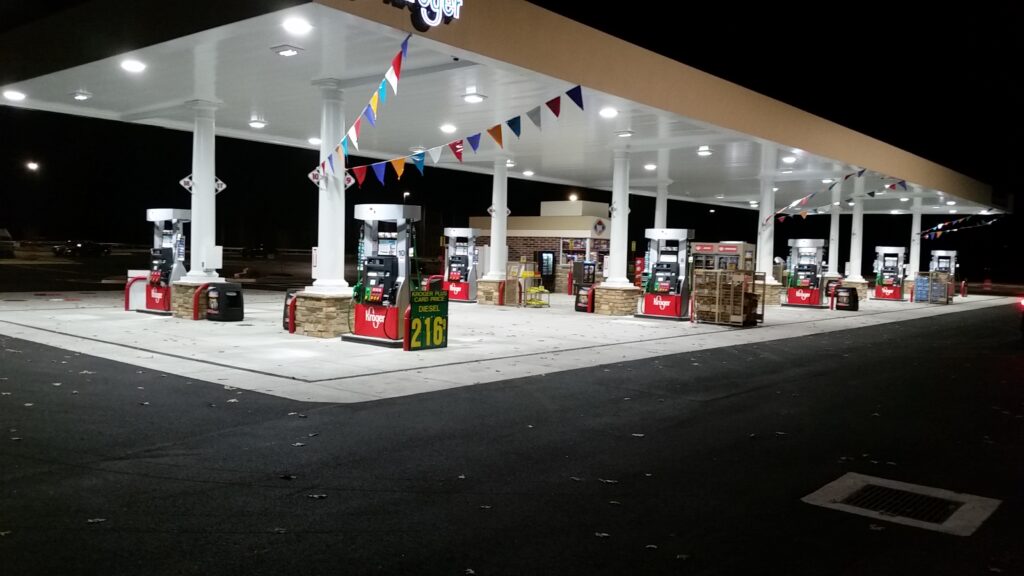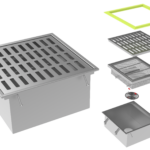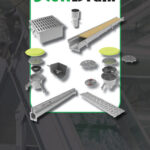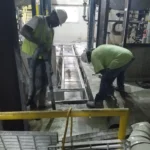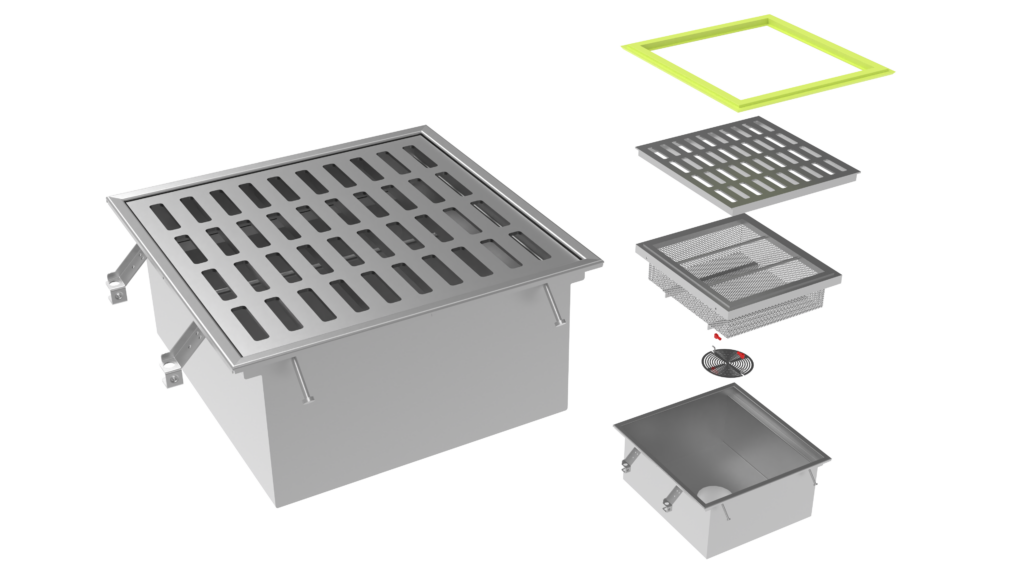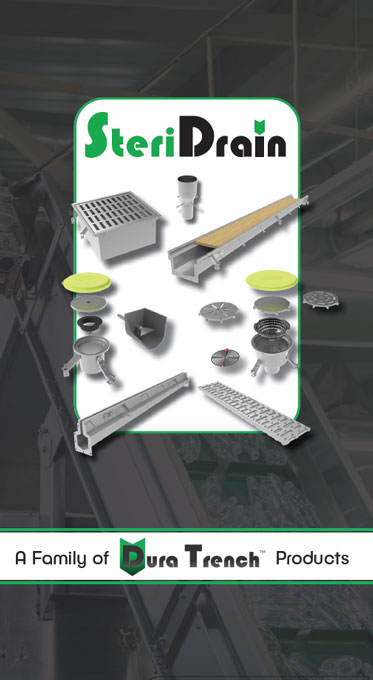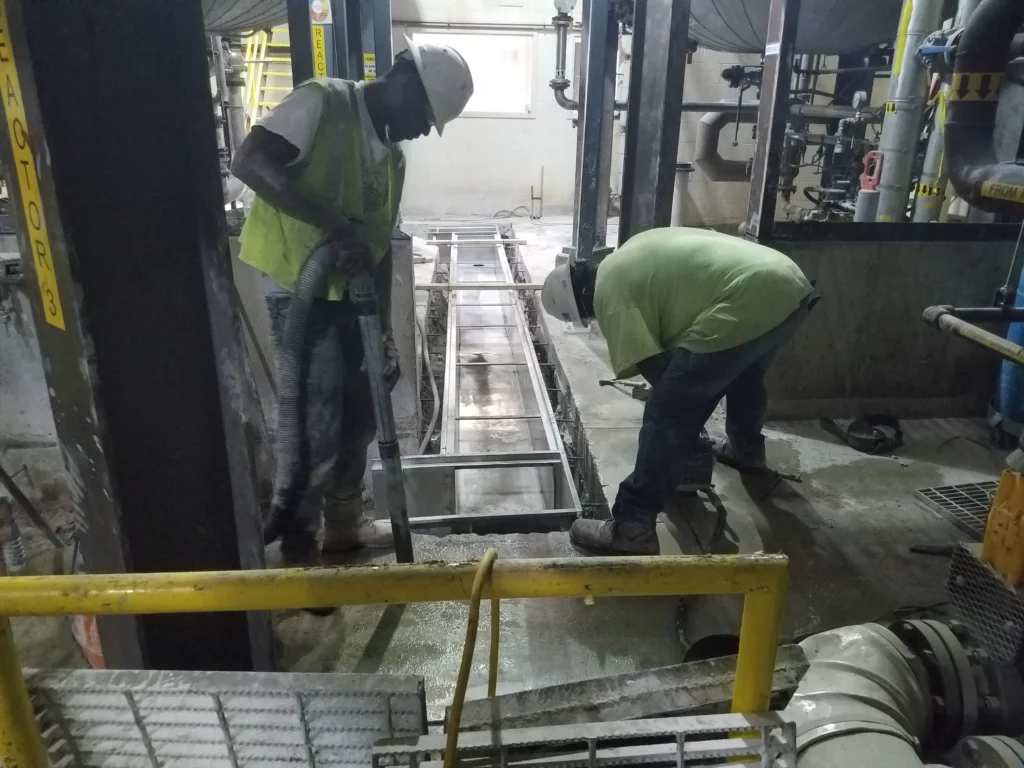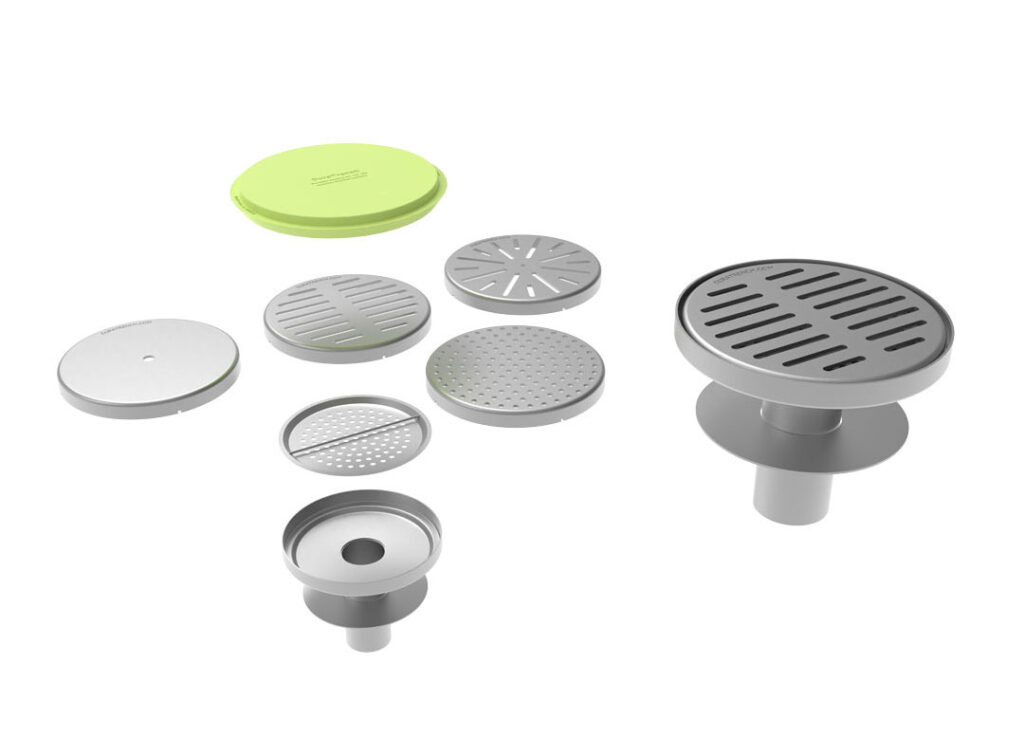Trench drain systems are often the most effective and least costly solution for drainage installation in many applications. You might need to drain water off a walkway, out of a parking lot area, or even inside a factory or production space. Trench drains can tackle all of these jobs and more with ease and without costing a small fortune to install.
For many businesses, when it comes time to upgrade existing drainage systems, the best option is a trench drain system for this reason. This is also one of the most durable and effective drainage options out there, which can make a choice to add a trench drainage system to your home or business locations an excellent long-term solution. If you need to install new drainage or you are trying to replace existing drainage solutions with an improved drainage system, a trench drain is often the best choice.
If you are ready to learn more about a trench drain system and what it can do for you, you need to keep reading.
Benefits of Trench Drain Systems
There are numerous benefits to installing a trench drain system in your business or in places like walkways and parking lots. You will find that few drainage systems are so practical and affordable, but there are other benefits as well.
- The wide channels within the drain help to prevent clogs and standing water in all kinds of areas and applications.
- The high flow capacity of trench drain systems helps to prevent backflow and spills even during peak flow times.
- This is the best way to drain solids off of working areas, so this is an ideal drainage solution for food processing and for breweries.
- The rounded bottom of the channel in a trench drain is ideal for the prevention of bacterial overgrowth that can lead to health risks and safety hazards.
- Easy maintenance and cleaning of these drains can keep them in good shape for years of use.
- These drains can be reinforced to be highly durable for use in roadways, loading and unloading zones, and other high-traffic areas.
- Trench drains are easy to connect to other drainage solutions so that you do not have to replace all of your existing drainage structures just to do an update or an added section for a specific area of your home or business.
- These drains are affordable, attractive, and easy to install.
There are many reasons that trench drains can be the ideal solution for your location, and being sure that you can keep these drains clean and clear enough to handle run-off can be a big benefit to this choice. All of the other key benefits of trench drains are an added plus when it comes to being sure that your drainage solution will work reliably under any conditions.
Types of Trench Drain Systems
A trench drain system is an elongated drainage structure that is used to remove the excess water runoff from a surface. The center of the trench drain acts like a canal that funnels water away from the area in question, and the top of the trench drain is covered by a grate. The type of grating that you choose to cover your trench drains can make an impact on the volume of water that can flow into the drains. These grate covers can also prevent slips and falls and help to make the drainage solution that you have installed very safely for those who need to walk or drive over the trench drain.
There are two basic types of trench drains that you can choose from for your needs:
· Pre-Cast
This kind of drain is typically made from concrete. Precast drains are made before they are installed, which makes them easier to install overall. If you don’t need a custom drainage solution for your drain system, this can be a great way to save money on the installation process. This is a common way to make sure that the entire drain system is carefully and consistently crafted, and it also ensures that all the pieces of the drain system will fit together perfectly when they are installed.
You will have to pay for transport of the sections of the drain to your location, and there will be some installation costs unless you do the work yourself. Most people will need to pay for someone with specialized machinery to do this work, but since the drains are already created in advance, this can still be a more affordable solution than other drainage solutions might be.
Pre-case drains can come in many sizes and be made from many different materials. When you need to install drainage in a location that is exposed to harsh chemical runoff or that might be impacted by other environmental concerns, stainless steel drains can be ordered for your drainage needs. These kinds of drains are almost always made to fit a wide array of grating designs as well, which helps with the finished work needed to make your drains safe to walk and drive over and to care for when they need maintenance.
· Cast-in-Place
Cast-in-place trench drains are more commonly used for custom drainage solutions. These drains are usually labor-intensive, but they can be required in some applications. This is one of the best solutions when there is an extensive custom system that needs to be created, but you can also use cast-in-place for a single part of your drain system as well.
These drains don’t have joints and are not transported to the location. This can save some money on the installation process since special equipment is not needed to move the drain sections from the transport truck to the installation location. Weather can have a big impact on this kind of drain system as well since most of these drains will be poured from concrete. The temperature and humidity can have a lot to do with the curing process, and these conditions can delay the process of completing the drain system.
Cast-in-place drains can usually also be fitted with grates that are not custom in nature. If the drain size is not standard, however, grates might have to be custom-made for this kind of drain system.
Where Can Trench Drains be Used?
Trench drains can be used in many different applications.
1. Warehouses and Food Production Locations
These are the best drains for loading zones, areas where water is used to clean production floors, and for places where production includes the use of water. Breweries and other locations that manufacture food products are places where trench drains are of the most use. They are easy to install, easy to clean, and easy to maintain.
2. Parking Lots
Parking lots can easily fill up with water at low points or when the weather is stormy. Parking lots that have standing water can be dangerous and can cause things like slips and falls as well. Parking lots can be easily drained with a trench drains system that has been correctly installed.
3. Roadways and Walkways
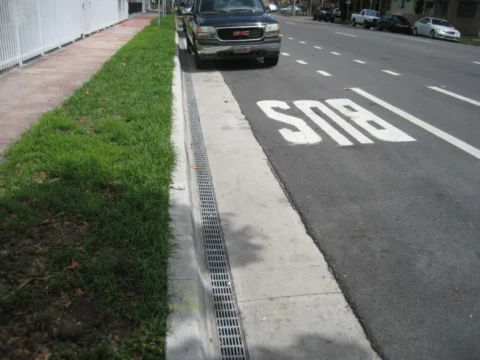
Roadways and walkways are best managed with trench drains. You can keep your road surfaces clear and safe and prevent issues with standing water on walkways. There are many ways to make trench drains strong and durable as well so that they can handle the weight of cars and other vehicles.
4. Commercial Buildings
Apartment complexes and shopping centers, as well as business locations, can benefit from clear sidewalks and roadways. Standing water is less than ideal, and it can impact the safety and function of a location in a big way.
All of these locations can benefit from this particular kind of drain more than other drain types due to the nature of the drainage that they require. There are other drainage systems that could work in these different locations, but a trench drain will usually offer much better drainage for these kinds of businesses and usable spaces.
Why the Grating is Important
It might seem like the grates that you install to cover your trench drains are not that important, but the grates that you choose are one of the key factors in the usefulness of your drainage system. Without the right grates over your trench drains, you might run into issues with spillage, problems with clogging the drains, or issues with messes creating bacterial overgrowth in your trench drains.
The grates for trench drains can be made of many different materials, and they can have various different slot styles. From square or round holes to wide and long slots, the kind of grates that you pick for your trench drain is key to its usefulness. Grates are rated by load class, and they are also created for specific purposes in some cases, such as ADA compliance.
These are the common materials that can be used for grates in trench drain systems:
· Cast iron
This is the most popular solution for trench drain systems because these grates can hold up to all kinds of wheeled traffic and are not likely to crack or break down when exposed to chemicals or other harsh kinds of runoff. These are one of the most common solutions for breweries and food processing plants due to the nature of the liquid wastes that are spilled on working floor areas all day long.
· Ductile Iron
When you want to have a very strong grating solution for your trench drain, an iron grate can be perfect. These are the strongest of all the grating solutions and are most commonly used for walkways and roadways.
· Stainless Steel
Stainless steel gratings are often used in areas where the aesthetic appearance of the drain matters. You will get a more polished finish from these kinds of grating covers, and they can be made with perforations, slots, or ADA-compliant openings of various kinds. This is also a grating style that is easy to care for and simple to remove when the trench drain beneath needs to be cleaned or maintained.
· Galvanized Steel
Galvanized steel grates are also commonly used for roadways but are more typical for construction areas or places like loading docks.
· Polymers and Plastics
Trench drain grates can also be made of high-quality polymers and plastic materials. While not as durable overall as some of the other materials on this list, these can be the right material for your drainage needs for areas that are not exposed to heavy drainage or chemical runoff and that do not need to be built strong enough for vehicle traffic. These kinds of grates are more common near fountains and pool areas, but they can be used in other applications as well.
Gratings can often be customized to have patterns and other kinds of designs added to them, and they can be made in custom sizes and designs as well. The maximum water flow of your trench system helps to determine the size of the grating that you need to have in place, and you will also pick the material of the grates based on the nature of the work or runoff that is being done near the trench drain system.
Trench Drains Are Practical and Easy to Install
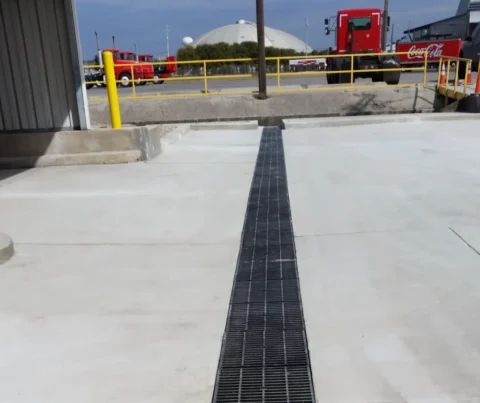
There are many reasons why a trench drain might be the ideal drainage solution for your business, pool, or any other area that might experience standing water or issues with water run-off. From the affordability of this drain type to the ease of maintenance and the ability to customize your installation, you can get the benefit of all kinds of perks when you choose a trench drain system for your location.
Being able to count on trench drains to be safe for use in roadways and walkways, as well as in working spaces in factories or breweries is also a good reason to choose this kind of drainage system over others that you might have looked into. There are few drainage systems that are as reliable as a trench drains system, and you will want to look into this kind of drainage solution for most of your drainage needs.

